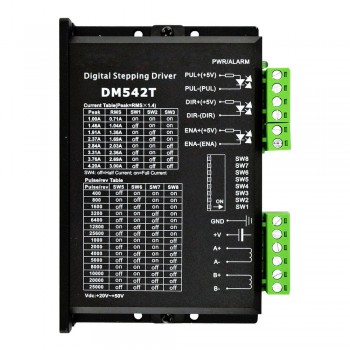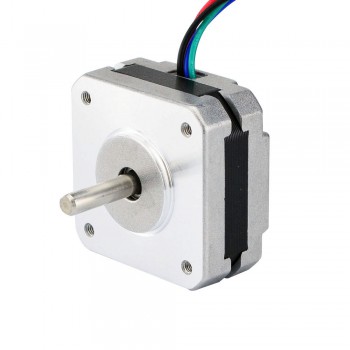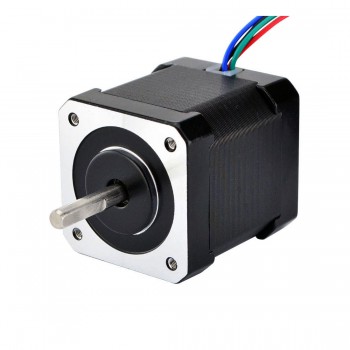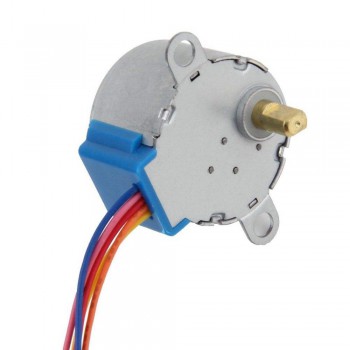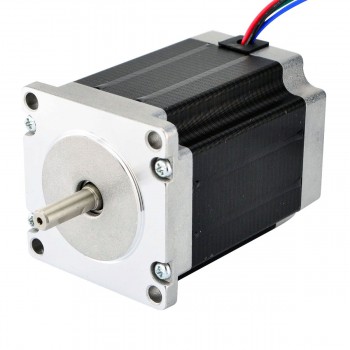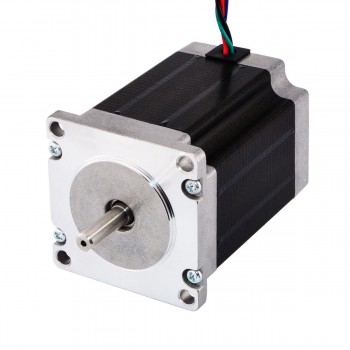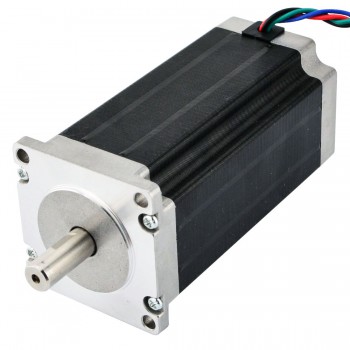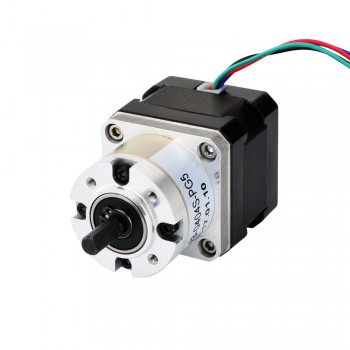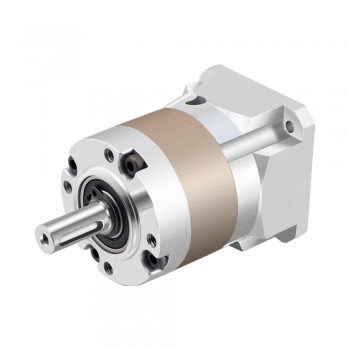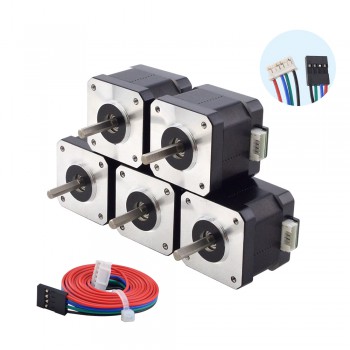Torque vs Speed Characteristics of Stepper Motor
The Speed-Torque graph indicates the characteristic relationship between the speed and torque when the stepping motor is driven. The torque vs speed characteristics are the key to selecting the right motor and drive method for a specific application. These characteristics are dependent upon (change with) the motor, excitation mode and type of driver or drive method. On the graph, the horizontal axis is the speed at the motor’s output shaft while the vertical axis is the torque.

1.Maximum Holding Torque
The holding torque is the maximum holding power (torque) the stepping motor has when power (rated current) is being supplied but the motor is not rotating (with consideration given to the permissible strength of the gear when applicable).
2.Pull-in Curve
The pull-in curve defines a area refered to as the start stop region. This is the maximum frequency at which the motor can start/stop instantaneously, with a load applied, without loss of synchronism.
3.Pullout Torque Curve
Pullout torque is the maximum torque that can be output at a given speed. When selecting a motor, be sure the required torque falls within this curve.
4.Maximum Starting Frequency
This is the maximum pulse speed at which the hybrid stepping motor can start or stop instantaneously (without an acceleration or deceleration time) when the frictional load and inertial load of the stepping motor are 0. Driving the motor at greater than this pulse speed requires gradual acceleration or deceleration. This frequency drops when thereis an inertial load on the motor.
5. Maximum Slew Rate
The maximum operating frequency of the motor with no load applied.
Previous:3 Types of Linear Stepper Motors You Should Know
Next:The Advantages and Disadvantages of Servo Motor

